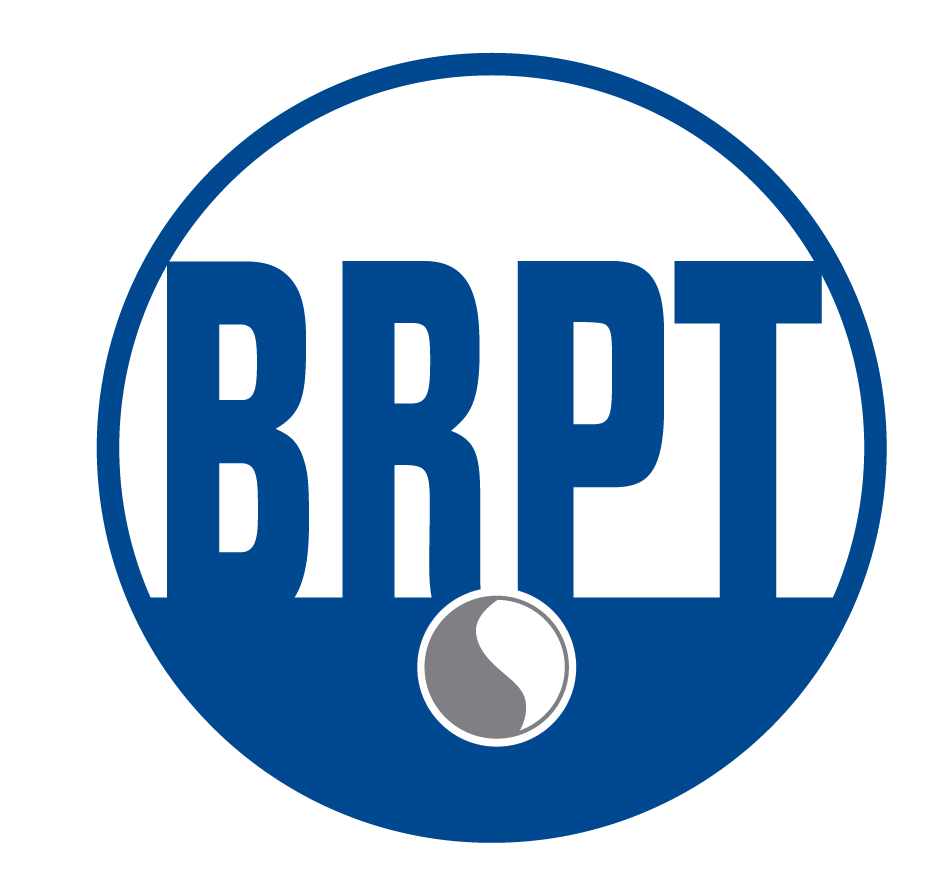RPSGT Exam Blueprint
A new form of the RPSGT exam went into effect September 1, 2023. All exam candidates sitting for the RPSGT exam on or after September 1 should review the exam blueprint found below.
The RPSGT examination consists of 175 multiple choice items. Of these, 150 items count toward the candidates’ scores, and 25 are pretest items that are not scored.
General Knowledge Required:
Medical terminology, safety, verbal and written communication skills, ethics, patient confidentiality, basic patient care and emergency procedures, basic math skills and calculations, computer skills.
The Successful Candidate Will Have Knowledge Of:
Sleep disorders and diagnostic criteria, sleep related co-morbidities, anatomy and physiology, neurophysiology, cardiac physiology, respiratory physiology, sleep physiology, scoring rules, practice parameters, testing procedures, medications and over-the-counter products, basic knowledge of computers, EEG waveform morphology, instrumentation, intervention/treatment/therapy modalities, treatment modalities.
DOMAIN 1: CLINICAL OVERVIEW, EDUCATION, PATIENT SUPPORT » 20%
TASK A: Patient information and clinical assessment » 10-14 items
- Clinician’s orders and testing indications
- History and physical
- Sleep disorders (e.g., Circadian Rhythm Disorders, sleep disordered breathing, parasomnias, hypersomnias)
- Medications (e.g., risks, implications, effects on sleep)
- Patient orientation to department
- Establish clinical baseline (e.g., age-specific care, sleep history, mobility, pain, vitals)
- Questionnaires (e.g., Epworth Sleepiness Scale, STOP-Bang, pre/post PSG)
TASK B: Patient and caregiver education » 7-11 items
- Sleep hygiene
- Therapy and compliance
- Sleep disorder testing
TASK C: Provide therapy support » 7-11 items
- PAP desensitization techniques
- PAP therapy (i.e., application and mechanics)
- Assessment of the download report
DOMAIN 2: SLEEP STUDY PREPARATION AND PERFORMANCE » 27.3%
TASK A: Determine Technical preparation » 12-16 items
- Equipment and supplies
- Electrode and sensor placement (e.g. modifications per patient need)
- Site preparation and application
- Technical specifications and instrumentation
- Montage selection
- Infection control (e.g., universal precautions, PPE, equipment disinfection)
TASK B: Perform procedures and follow practice guidelines » 11-15 items
- Adult PSG
- Pediatric PSG
- Multiple Sleep Latency Test (MSLT)
- Maintenance of Wakefulness Test (MWT)
- Home Sleep Apnea Testing (HSAT)
TASK C: Identify, respond, and document » 12-16 items
- Waveform variations (e.g., abnormal EEG)
- Artifacts
- Equipment malfunction
- Recognition of events (e.g., cardiac, respiratory, movement, capnography)
- Settings (e.g., filters, sensitivity, gain)
- Channel and physiological calibrations
- Impedance verification
DOMAIN 3: SCORING, REPORTING, AND DATA VERIFICATION » 25.3%
TASK A: Score adult studies » 18-22 items
- Sleep stages
- Arousals
- Respiratory events
- Desaturations
- Movements
- Cardiac events
TASK B: Score pediatric and infant studies » 6-10 items
- Sleep staging
- Arousals
- Respiratory events
- Desaturations
- Movements
- Cardiac events
TASK C: Generate and verify report » 8-12 items
- Calculations (e.g., AHI, RDI, TST, REI)
- Technologist documentation summary
- Graphic summary (e.g., histogram, hypnogram, titration table)
DOMAIN 4: TREATMENT AND INTERVENTION » 27.3%
TASK A: Administer PAP therapy (e.g., CPAP, Bi-level, APAP, ASV, NIPPV) » 24-28 items
- Adult practice guidelines
- Pediatric practice guidelines
- Mode of intervention
- Acclimation and interface fit
- Troubleshooting (e.g., leak levels, pressure release, humidification)
- Indications and contraindications
TASK B: Identify alternative Therapies » 8-12 items
- Oral appliances
- Positional therapy
- Surgical options
- Indications and contraindications
TASK C: Administer oxygen therapy » 3-7 items
- Oxygen titration practice guidelines
- Indications and contraindications
Job Task Analysis Summary
Job task analyses (often referred to as role delineation studies, practice analyses, audits of practice, task analyses or job analyses) are used to validate certification examinations and provide a basis for defending the appropriateness of the examination content (Kane, 1997). By assessing what sleep technologists do in their practice, this JTA ensures that the content specifications for the RPSGT and CPSGT are current and relevant. Content validity in a certification examination provides evidence that the roles addressed in the examination reflect actual practices necessary for successful performance.
The job analysis methodology used to study the sleep technologist role consisted of three main steps. Initially, an expert panel recruited by BRPT was asked to delineate the major responsibilities of a sleep technologist and the tasks associated with each of those major responsibilities. This expert panel also delineated the knowledge needed to perform the tasks and responsibilities that they had outlined, as well as helping to craft demographic items for inclusion on a survey of incumbents in the field. Next, incumbents in the field were surveyed about the frequency and the importance of the delineated responsibilities and tasks, the importance of each of the listed knowledge areas, and their own demographic information. Finally, the expert panel reconvened to review the survey findings and develop the new test specifications.
The 2022 Job Task Analysis was based on a combination of expert panel meetings and a survey of sleep technologists. A description of the work in a field or in a profession is typically developed in job task analyses through a logical analysis of the literature or through panels of experts. Delineating the important tasks and/or knowledge required for competent practice is a lengthy and complex process. In this study, an expert panel was used to delineate the content for a survey of incumbents in the field. The final outcome of this process is new test specifications for the RPSGT and CPSGT that reflect current and relevant practice in the field of polysomnographic sleep technology.
